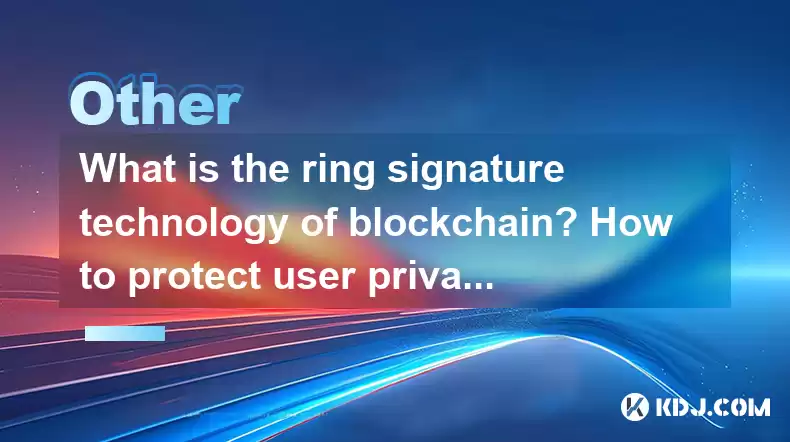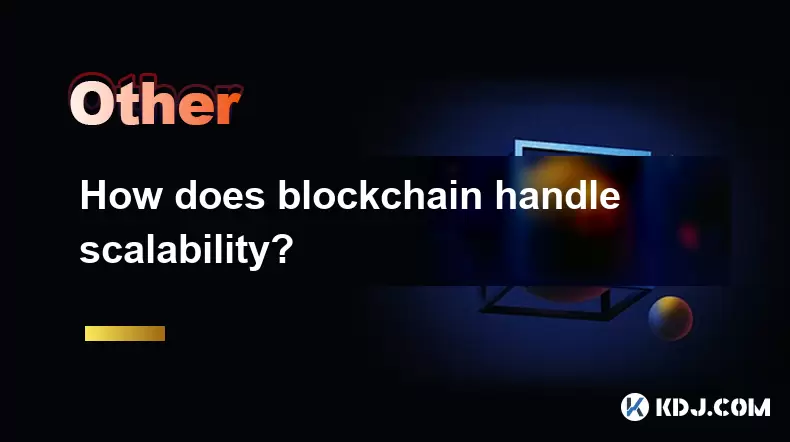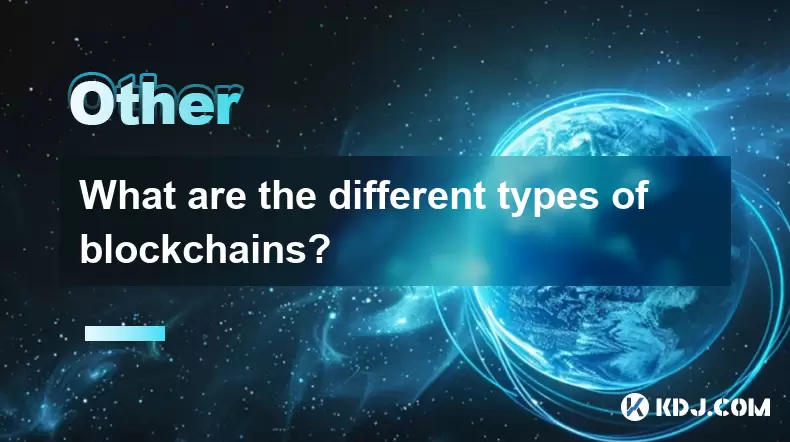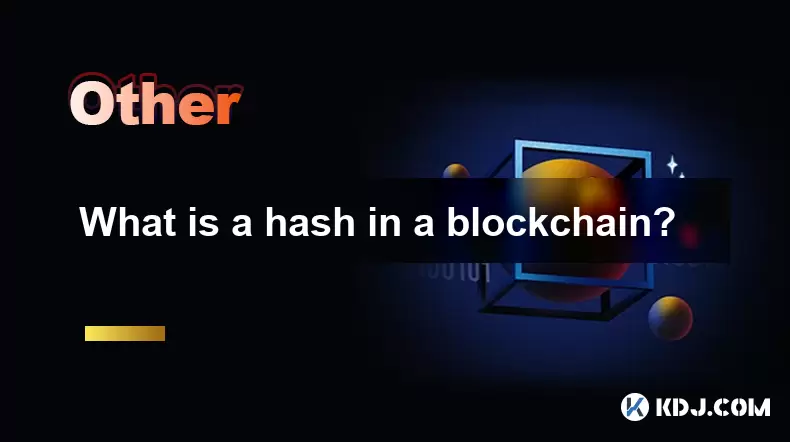-
 Bitcoin
Bitcoin $112400
-1.07% -
 Ethereum
Ethereum $3409
-3.27% -
 XRP
XRP $2.784
-6.60% -
 Tether USDt
Tether USDt $0.9997
-0.03% -
 BNB
BNB $739.3
-2.09% -
 Solana
Solana $158.0
-2.90% -
 USDC
USDC $0.9998
-0.02% -
 TRON
TRON $0.3213
-0.94% -
 Dogecoin
Dogecoin $0.1929
-5.01% -
 Cardano
Cardano $0.6974
-2.82% -
 Hyperliquid
Hyperliquid $36.69
-2.31% -
 Sui
Sui $3.327
-4.80% -
 Stellar
Stellar $0.3672
-5.18% -
 Chainlink
Chainlink $15.65
-3.07% -
 Bitcoin Cash
Bitcoin Cash $525.0
-1.68% -
 Hedera
Hedera $0.2291
-6.00% -
 Avalanche
Avalanche $20.91
-2.96% -
 Ethena USDe
Ethena USDe $1.000
0.00% -
 Toncoin
Toncoin $3.520
-1.12% -
 UNUS SED LEO
UNUS SED LEO $8.968
0.14% -
 Litecoin
Litecoin $105.7
0.26% -
 Shiba Inu
Shiba Inu $0.00001181
-1.79% -
 Polkadot
Polkadot $3.492
-2.08% -
 Uniswap
Uniswap $8.800
-3.10% -
 Dai
Dai $0.9999
-0.01% -
 Monero
Monero $289.9
-3.17% -
 Bitget Token
Bitget Token $4.243
-1.27% -
 Pepe
Pepe $0.00001006
-3.67% -
 Cronos
Cronos $0.1248
-5.68% -
 Aave
Aave $249.7
-2.50%
What is the ring signature technology of blockchain? How to protect user privacy?
Ring signature technology enhances blockchain privacy by obscuring the true signer within a group, making transactions anonymous and resistant to analysis.
Apr 27, 2025 at 03:14 pm

What is the Ring Signature Technology of Blockchain? How to Protect User Privacy?
Blockchain technology has revolutionized the world of digital transactions, providing a secure and transparent method of exchanging value. One of the key features that enhance the privacy and security of blockchain transactions is ring signature technology. This article will delve into the specifics of ring signature technology, how it works, and its role in protecting user privacy on the blockchain.
Understanding Ring Signature Technology
Ring signature technology is a cryptographic technique that allows a group of users to sign a transaction in such a way that it is impossible to determine which member of the group actually initiated the transaction. This technology was first introduced in the context of cryptocurrencies with the launch of Monero, a privacy-focused cryptocurrency.
The concept behind ring signatures is rooted in the idea of anonymity sets. An anonymity set is a group of potential signers, including the actual signer and several decoys. When a user wants to sign a transaction, they select a subset of other users' public keys to form a ring. The transaction is then signed with the user's private key and the public keys of the other members of the ring. The resulting signature is valid if it can be verified with any of the public keys in the ring, making it impossible to pinpoint the true originator of the transaction.
How Ring Signatures Work
To better understand how ring signatures function, let's break down the process into its key components:
- Selection of the Ring: The user who wishes to sign a transaction selects a number of other public keys to form a ring. These public keys are typically chosen from the blockchain's transaction history.
- Signing the Transaction: The user signs the transaction using their private key and the public keys of the other members of the ring. The signature algorithm ensures that the transaction can be verified using any of the public keys in the ring.
- Verification: When the transaction is broadcast to the network, other nodes can verify the signature using any of the public keys in the ring. If the signature is valid, the transaction is accepted into the blockchain.
This process ensures that the true signer remains anonymous because the verifier cannot determine which public key corresponds to the actual signer.
Protecting User Privacy with Ring Signatures
Ring signature technology plays a crucial role in protecting user privacy on the blockchain. By obscuring the identity of the transaction initiator, ring signatures provide a high level of anonymity, making it difficult for third parties to track transactions back to their source.
- Anonymity: The primary benefit of ring signatures is the anonymity they provide. Since the true signer is hidden within a group of potential signers, it becomes challenging for anyone to trace the transaction back to the individual who initiated it.
- Resistance to Analysis: Ring signatures make it difficult for even sophisticated analysis techniques to uncover the true signer. This resistance to analysis enhances the privacy of users on the blockchain.
- Decentralized Privacy: Unlike centralized privacy solutions that rely on a single entity to protect user data, ring signatures provide a decentralized approach to privacy. The privacy is maintained by the blockchain network itself, reducing the risk of data breaches and surveillance.
Implementing Ring Signatures in Cryptocurrencies
Several cryptocurrencies have adopted ring signature technology to enhance user privacy. The most notable example is Monero, which uses ring signatures as part of its core protocol.
- Monero: Monero implements ring signatures through its Ring Confidential Transactions (RingCT) feature. RingCT not only hides the identity of the sender but also obscures the amount being transacted, providing an additional layer of privacy.
- Other Cryptocurrencies: While Monero is the most prominent example, other privacy-focused cryptocurrencies like Zcash and Dash also employ various techniques to enhance user privacy, although their methods may differ from ring signatures.
Practical Applications of Ring Signatures
Ring signature technology has practical applications beyond just cryptocurrencies. It can be used in various scenarios where privacy and anonymity are crucial:
- Voting Systems: Ring signatures can be used to create anonymous voting systems, ensuring that voters can cast their ballots without revealing their identities.
- Whistleblowing: Whistleblowers can use ring signatures to submit information anonymously, protecting their identities from potential retaliation.
- Secure Messaging: Ring signatures can enhance the privacy of messaging platforms by allowing users to send messages without revealing their identities.
Challenges and Considerations
While ring signature technology offers significant privacy benefits, there are also challenges and considerations to keep in mind:
- Scalability: Ring signatures can increase the size of transactions, which may impact the scalability of the blockchain. Larger transactions require more data to be processed and stored, which can slow down the network.
- Complexity: Implementing and understanding ring signatures can be complex, requiring a deep understanding of cryptographic principles.
- Regulatory Concerns: The anonymity provided by ring signatures can raise regulatory concerns, as it may be used for illicit activities. Balancing privacy with regulatory compliance is an ongoing challenge for blockchain networks that use this technology.
Frequently Asked Questions
Q: How does ring signature technology differ from other privacy-enhancing technologies in blockchain?
A: Ring signature technology differs from other privacy-enhancing technologies, such as zero-knowledge proofs and stealth addresses, in its approach to anonymity. While zero-knowledge proofs allow for the verification of transactions without revealing any information, ring signatures focus on obscuring the identity of the signer within a group. Stealth addresses, on the other hand, generate unique addresses for each transaction to prevent tracking. Each of these technologies offers different levels and types of privacy, and they can be used in combination to enhance overall privacy on the blockchain.
Q: Can ring signatures be used to completely anonymize all transactions on a blockchain?
A: While ring signatures significantly enhance transaction anonymity, they do not completely anonymize all transactions on a blockchain. Other factors, such as the structure of the blockchain and the implementation of additional privacy features, also play a role in overall anonymity. For instance, Monero combines ring signatures with stealth addresses and confidential transactions to achieve a higher level of privacy. However, no system can guarantee absolute anonymity, as there may be other ways to infer information about transactions.
Q: What are the potential risks associated with using ring signatures in blockchain transactions?
A: The primary risk associated with using ring signatures is the potential for misuse in illegal activities. The anonymity provided by ring signatures can be exploited by malicious actors to launder money or conduct other illicit transactions. Additionally, the increased transaction size due to ring signatures can lead to scalability issues, potentially slowing down the blockchain network. Lastly, the complexity of ring signatures may make it challenging for users to understand and implement them correctly, which could lead to errors and vulnerabilities.
Q: How can users ensure they are using ring signatures correctly to protect their privacy?
A: To ensure they are using ring signatures correctly, users should follow these steps:
- Choose a Privacy-Focused Cryptocurrency: Use cryptocurrencies like Monero that have integrated ring signatures into their protocol.
- Understand the Technology: Educate yourself on how ring signatures work and their limitations. This understanding will help you use them effectively.
- Select Appropriate Ring Size: The size of the ring (the number of public keys included) can impact the level of anonymity. A larger ring size generally provides better anonymity but increases transaction size.
- Regularly Update Software: Keep your wallet and other software up to date to benefit from the latest security and privacy enhancements.
- Combine with Other Privacy Techniques: Use ring signatures in conjunction with other privacy-enhancing techniques, such as stealth addresses and confidential transactions, to maximize privacy.
Disclaimer:info@kdj.com
The information provided is not trading advice. kdj.com does not assume any responsibility for any investments made based on the information provided in this article. Cryptocurrencies are highly volatile and it is highly recommended that you invest with caution after thorough research!
If you believe that the content used on this website infringes your copyright, please contact us immediately (info@kdj.com) and we will delete it promptly.
- BlockDAG, SEI, Ethena: Top Crypto Performers Under the Microscope
- 2025-08-03 10:50:16
- Bitcoin Blasts Past $119K: How Institutional Adoption and Macro Shifts Fuel the Fire
- 2025-08-03 10:55:16
- Crypto, Grok, and August: Decoding the Latest Trends and Insights
- 2025-08-03 11:10:16
- Crypto, Phishing, and Your Wallet: A New Yorker's Guide to Staying Safe
- 2025-08-03 10:30:16
- Troller Cat Meme Coin Presale Soars: A New King in the Crypto Jungle?
- 2025-08-03 10:30:16
- Grayscale, Altcoin Trust, and Mid-Cap Mania: What's the Deal?
- 2025-08-03 08:50:16
Related knowledge

What is the difference between on-chain and off-chain transactions?
Aug 02,2025 at 04:22pm
Understanding On-Chain TransactionsOn-chain transactions refer to digital asset transfers that are recorded directly on a blockchain ledger. These tra...

What is the double-spending problem and how does blockchain prevent it?
Aug 02,2025 at 01:07pm
Understanding the Double-Spending ProblemThe double-spending problem is a fundamental challenge in digital currency systems where the same digital tok...

What is the difference between a blockchain and a database?
Aug 01,2025 at 09:36pm
Understanding the Core Structure of a BlockchainA blockchain is a decentralized digital ledger that records data in a series of immutable blocks linke...

How does blockchain handle scalability?
Aug 02,2025 at 02:58pm
Understanding Blockchain Scalability ChallengesBlockchain scalability refers to a network's ability to handle an increasing volume of transactions wit...

What are the different types of blockchains?
Aug 03,2025 at 03:01am
Public Blockchains: Open and Decentralized NetworksPublic blockchains are the most widely recognized type of blockchain, characterized by their open a...

What is a hash in a blockchain?
Aug 02,2025 at 05:28am
Understanding the Concept of Hash in BlockchainA hash in the context of blockchain technology refers to a unique digital fingerprint generated by a cr...

What is the difference between on-chain and off-chain transactions?
Aug 02,2025 at 04:22pm
Understanding On-Chain TransactionsOn-chain transactions refer to digital asset transfers that are recorded directly on a blockchain ledger. These tra...

What is the double-spending problem and how does blockchain prevent it?
Aug 02,2025 at 01:07pm
Understanding the Double-Spending ProblemThe double-spending problem is a fundamental challenge in digital currency systems where the same digital tok...

What is the difference between a blockchain and a database?
Aug 01,2025 at 09:36pm
Understanding the Core Structure of a BlockchainA blockchain is a decentralized digital ledger that records data in a series of immutable blocks linke...

How does blockchain handle scalability?
Aug 02,2025 at 02:58pm
Understanding Blockchain Scalability ChallengesBlockchain scalability refers to a network's ability to handle an increasing volume of transactions wit...

What are the different types of blockchains?
Aug 03,2025 at 03:01am
Public Blockchains: Open and Decentralized NetworksPublic blockchains are the most widely recognized type of blockchain, characterized by their open a...

What is a hash in a blockchain?
Aug 02,2025 at 05:28am
Understanding the Concept of Hash in BlockchainA hash in the context of blockchain technology refers to a unique digital fingerprint generated by a cr...
See all articles

























































































